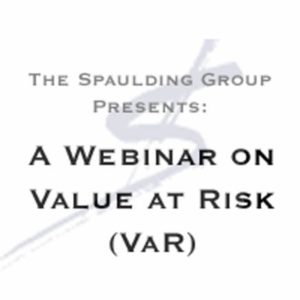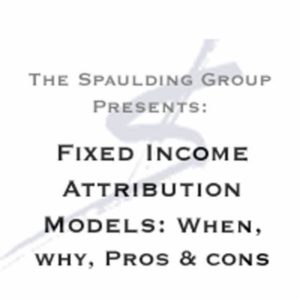Fundamentals of Performance Measurement – PLUS Virtual Training (Module 4 – Risk)
$450
Fundamentals of Performance Measurement – PLUS
Module 4 – Risk
Fundamentals of Performance Measurement - PLUS
Module 4 - Risk
Virtual learning classes, approximately 4 hours each
Module 4: Risk
Learn the importance of risk measurement and the various formulas available. We begin by discussing risk, in general, and the reason it’s an important component of performance measurement, as well as the challenges in appropriately assessing risk.
- We give an overview of different types of risk that can be measured for investment portfolios
- We review the major risk measures (e.g., standard deviation, downside deviation, beta, tracking error).
- We cover the concepts of correlation, covariance and the coefficient of determination (R-squared).
- We review capture ratios (up capture, down capture).
- We discuss various methodologies for estimating value at risk.
- We review the major risk-adjusted measures (e.g., Sharpe ratio, Treynor measure, Jensen’s alpha, Sortino ratio, Information ratio, Modigliani-Modigliani (M-squared)).
- We will discuss the advantages and disadvantages of the various measures (both risk and risk-adjusted).
- We review risk-adjusted measures for hedge funds (Calmar ratio, Sterling ratio, etc.).
- For each, where there are two or more approaches, we will review and contrast them.
- We close out the section by discussing risk management and monitoring, and why it’s important, as well as the challenges. We will also review an approach to managing risk.





